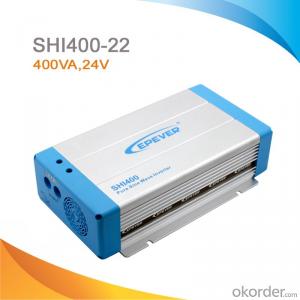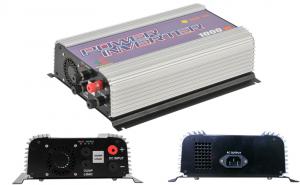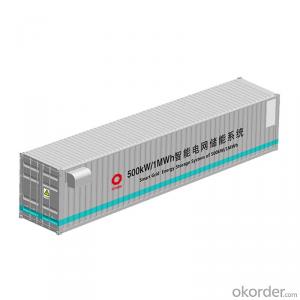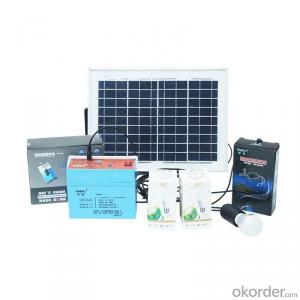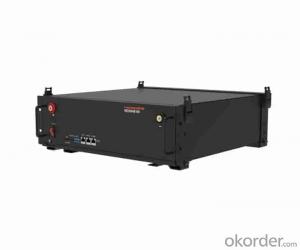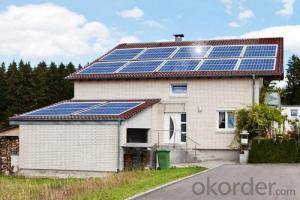Solar Power Inverter 4000w
Solar Power Inverter 4000w Related Searches
Best Solar Inverter For Home Inverter For Home Solar System Best Inverter For Solar Panels Solar Power Inverter For Home Best Solar Inverter For Rv Mini Solar Inverter For Home Solar Energy Inverter For Home Inverter For 5kw Solar System Inverter For Home Solar Rv Solar System With InverterHot Searches
Inverter Size For Solar System Best China Solar Inverter Solar Inverter Supplier In Uae Solar Inverter In Dubai Solar Inverter In Saudi Arabia Solar Inverter In Uae Solar Inverter In Kerala Solar Inverter In Nepal Solar Inverter In Burpengary Solar Inverter In Caboolture Solar Inverter In Chennai Solar Inverter In Lebanon China 10kva Solar Inverter China Solar Inverter 1000kw China Solar Inverter 3kw China 5000w Solar Inverter China 850va Solar Inverter China Infini Solar Inverter Solar Inverter China Inverter Solar System PriceSolar Power Inverter 4000w Supplier & Manufacturer from China
Okorder.com is a professional Solar Power Inverter 4000w supplier & manufacturer, offers integrated one-stop services including real-time quoting and online cargo tracking. We are funded by CNBM Group, a Fortune 500 enterprise and the largest Solar Power Inverter 4000w firm in China.Hot Products
FAQ
- Solar energy systems have a significant impact on reducing energy poverty by providing clean, affordable, and reliable electricity to communities that lack access to traditional energy sources. These systems can empower individuals and communities to meet their basic energy needs, such as lighting, cooking, and powering small appliances, thereby improving their quality of life. Additionally, solar energy systems can contribute to economic development by creating job opportunities in the renewable energy sector, promoting local entrepreneurship, and reducing dependence on expensive fossil fuel imports. Overall, solar energy systems play a crucial role in alleviating energy poverty and promoting sustainable development.
- Yes, solar energy systems can be installed on religious institutions. Many religious institutions have recognized the importance of embracing sustainable practices and reducing their carbon footprint. Installing solar panels on their rooftops or grounds allows them to generate clean and renewable energy, which aligns with their values of stewardship and care for the environment. Additionally, solar energy systems can also help religious institutions save money on their electricity bills, freeing up resources to support their missions and community initiatives.
- The role of inverters in solar energy systems is to convert the direct current (DC) electricity generated by solar panels into alternating current (AC) electricity that can be used to power homes, businesses, and the electrical grid. Inverters also help optimize the performance of solar energy systems by monitoring and regulating the flow of electricity, ensuring maximum efficiency and compatibility with the existing electrical infrastructure.
- Solar energy systems can significantly reduce air conditioning costs by providing a renewable and cost-effective source of power. By harnessing the sun's energy to generate electricity, solar panels can power air conditioning units directly, eliminating or reducing the need for grid electricity. This can result in lower energy bills and reduced dependence on fossil fuels, leading to a more sustainable and environmentally-friendly cooling solution.
- Yes, a solar energy system can be installed in an area with heavy snowfall. While heavy snowfall can impact the efficiency of a solar energy system, it does not render it completely ineffective. There are a few considerations and adjustments that can be made to ensure the system continues to generate power even in snowy conditions. Firstly, the angle and orientation of the solar panels can be adjusted to maximize sunlight absorption and minimize snow accumulation. Installing the panels at a steeper angle or using tracking systems can help shed snow more easily. Additionally, orienting the panels towards the south can also aid in snow removal as it allows for better exposure to sunlight. Secondly, regular maintenance and cleaning of the panels during heavy snowfall periods is essential. Removing snow from the panels manually or using specialized snow rakes can help restore their efficiency. Some solar energy systems also come equipped with self-cleaning mechanisms or heating elements that can melt snow and ice. Lastly, it is important to consider the capacity and storage options of the solar energy system. In areas with heavy snowfall, there may be times when the panels are covered with snow for extended periods. In such cases, having a sufficient battery storage system or a backup power source can help ensure continuous energy supply during snowstorms. In conclusion, while heavy snowfall can pose challenges to a solar energy system, it is still feasible to install one in such areas. With proper design, maintenance, and storage options, solar energy systems can continue to harness the power of the sun even in snowy conditions.
- Yes, solar energy systems can be used in areas with frequent lightning strikes. While lightning strikes can pose a risk to any electrical system, including solar panels, there are measures in place to mitigate this risk. Solar panels are designed to withstand various weather conditions, including lightning strikes. They are built to be durable and capable of handling external stressors, such as electrical surges caused by lightning. Additionally, solar panels are grounded using lightning protection systems to divert the electrical charge safely into the ground, reducing the risk of damage to the system. Furthermore, solar energy systems typically include surge protection devices and lightning arresters that help dissipate and redirect electrical surges caused by lightning strikes. These protective measures help safeguard the system and prevent any potential damage. It is important to note that while solar energy systems can generally withstand lightning strikes, it is still recommended to consult with a professional installer and follow local electrical codes and regulations to ensure proper installation and protection against lightning strikes.
- Yes, there are a few disadvantages and limitations to using solar energy systems. Firstly, solar energy is intermittent and dependent on sunlight, which means it cannot generate electricity during the night or cloudy days. Additionally, the initial setup cost of solar panels and equipment can be relatively high, although it is offset by long-term energy savings. The efficiency of solar panels can also be affected by factors such as shading, dust, or dirt accumulation, requiring regular maintenance. Finally, large-scale solar energy systems may require significant land area, which can pose challenges in densely populated areas. However, advancements in technology and increasing adoption of solar energy are steadily addressing these limitations.
- Yes, there are tax credits available for installing solar energy systems. These credits, known as solar investment tax credits (ITCs), provide a financial incentive for homeowners and businesses to switch to solar power. The federal government offers a 26% tax credit for residential and commercial solar installations through 2022. However, it's important to note that state and local governments may also offer additional incentives and tax credits for solar energy systems.

















